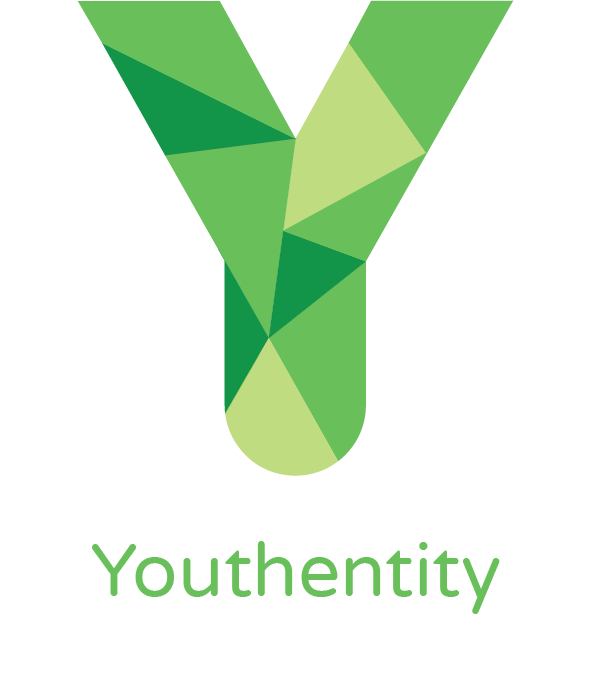Youthentity column: In the face of economic downturn, teaching kids about money is more critical than ever
As someone said to me recently, “Last week was quite a year.” Our world is much different than it was just 10 days ago, with record numbers of Americans filing for unemployment and unmatched economic uncertainty. As I write this column, it’s hard to ignore the timeliness of our planned topic: financial literacy. April is Financial Literacy Month, and now more than ever, we need to educate kids about the role money will play throughout their lives.
Financial literacy can be simply defined as the possession of skills that allows people to make the right decisions with their money for the right outcomes. Scary statistics exist surrounding the current status of financial literacy in the U.S.:
• Nearly four out of every five U.S. workers live paycheck to paycheck.
• Over a quarter never save any money from month to month.
• Almost 75% are in some form of debt, and most assume they always will be.*
*according to a 2017 online CareerBuilder survey
Youthentity’s financial literacy program begins with fifth-graders, teaching them the basics of finance — credit, debt, interest, saving and more — and builds upon those concepts for eighth-grade Level 2 students. Yet as important as formal education is, raising money-smart kids starts at home — and most experts agree you can’t start too early:
Ages 3-5: Add earnings from chores, the tooth fairy, and lemonade stands to a clear jar to employ a powerfully visual way to teach your kids about money. When your child wants to buy a new toy, have them take money out of the jar and physically hand it to the cashier. Show — don’t tell — kids what things cost.
Ages 6-10: Include your child in financial decisions. For example, explain your choice to go with a store brand: “The store brand is a dollar less, and it tastes the same to me.”
Tweens: Go to the bank with your child and set up a joint account (once they turn 18 they can set up an independent account). Review statements together, pointing out balances and earned interest. Get them on a simple budget (using a spreadsheet or app) to get them accustomed to the idea of putting away a percentage of their savings, no matter how small.
Teenagers: Help them to begin thinking of ways to make money with after-school and summer jobs (or starting their own business), and the power of investing their earnings. Also, discuss the danger of credit cards — once they turn 18, they’ll be hounded by credit card companies looking for new and uneducated card holders.
At any age: Set an example in the way that you use and talk about money. Reinforce the power of delayed gratification. Teach them about opportunity cost (“If we buy these shoes now, you won’t be able to buy an iPad”) and the security afforded by an emergency fund.
Though it’s an incredibly tough time for many, the cyclical nature of our economy ensures it will recover. Yet during those upswings it’s easy to forget that future recessions are a guarantee. Now is the time to teach kids about the power of compounding interest and of living below one’s means. If we fail to invest in our kids’ financial education, we are doing a substantial disservice to their future financial health and wealth. Let’s commit to teaching our kids how to make the right decisions about money, for the right outcomes: resilience, success and ultimately, happiness.
Read this column and other Youthentity posts at Postindependent.com.
